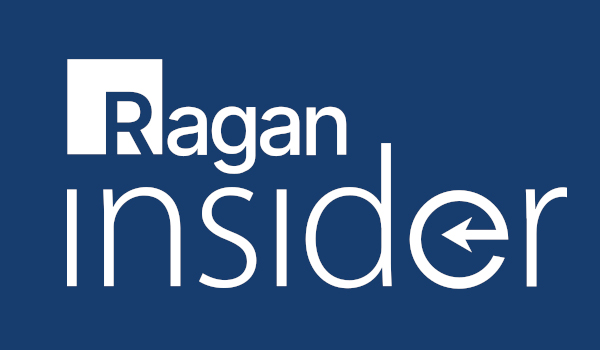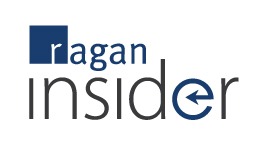Emoticons for brands: The dos and don’ts
The smilies, frowny faces, and sideways looks that people type using keyboard symbols are fun and lighthearted, but they’re not appropriate for every business conversation.

I’ve been known to include a smiley face or two in my tweets and Facebook posts. It’s a sign of humor, a signal to my recipients that I may be stating something a little tongue in cheek.
Emoticons have become part of the online lexicon. Whether it’s on Twitter, Facebook, blogs, you name it, emoticons show up in some way, shape, or form. As more people have used emoticons online, the trend has spilled over into business communications.
We’ve all seen it—an email or note from a colleague with a smiley face at the end. But does that mean it’s acceptable, or should be?
That depends. Let me lay out a few scenarios and when I think it is and isn’t appropriate in business.
Appropriate uses
Scenario 1: I’m sending a private message on Facebook to a partner I work with closely on a project. I want to share a funny anecdote as part of the note and include a smiley face.
Scenario 2: I write a tweet that is lighthearted and pokes fun at a mainstream trend for a fun-loving client I work with; it includes a smiley face with a wink at the end.
Become a Ragan Insider member to read this article and all other archived content.
Sign up today
Already a member? Log in here.
Learn more about Ragan Insider.


